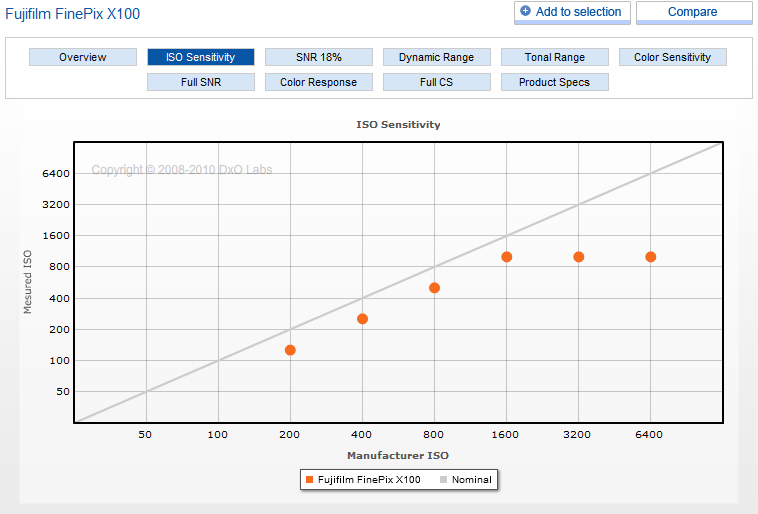From what I understood, DxO adapted the saturation-based technique, which would be described for rendered jpegs in the ISO norm, to the raw output, which is definitely what interest us raw shooters isn't it?
Not exactly. Let's differentiate:
- Real ISO: ISO based on an analogue amplification into the camera. They are the only ISOs useful to improve SNR, but just up to a certain value (ISO1600 on most cameras, ISO100 in the recent Sony sensors)
- Effective ISO: ISO based on levels encoded in the RAW file (i.e. the saturation criteria you mention)
DxO measures effective ISOs (the only ones that can be
measured from RAW data), not real ISOs (the ones that need to be
analysed to find out).
That means Canon 5D's ISO3200 in DxO is double effective ISO than ISO1600. But
5D's ISO3200 is not a real ISO since it is achieved in that camera by multiplying (digital amplification) an
ISO1600 shot. So 5D's ISO3200 is completely useless to the RAW shooter; you gain nothing in shadows SNR but can clip one extra stop in the highlights.
An interesting case is the Fuji X100 ISO range:

Unlike it could seem, this is a
CLEVER form of ISO. When an ISO superior to ISO1600 is set on this camera, the ISO setting is stored as metadata to let the RAW developer know about it, BUT the shot is internally done at ISO1600. So you can save up to one (ISO3200) or two (ISO6400) stops in the highlights, that other cameras (like the Canon 5D) stupidly clip.
Recent Sony sensors (K5, D7000) could almost work this way from base ISO100. Since there is a negligible SNR improvement from pushing ISO, they could always store the ISO setting as metadata, internally shoot at ISO100, and display a JPEG according to the ISO set by the user but keeping in the RAW file non-clipped highlights. This is what Emil has sometimes refered to as an
isoless camera.
Regards